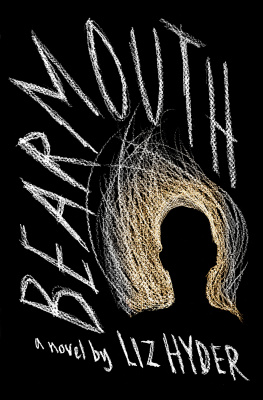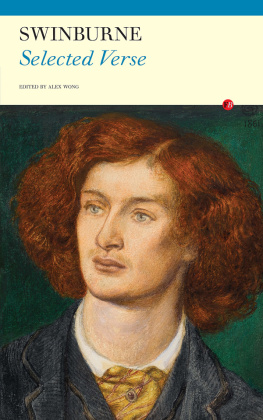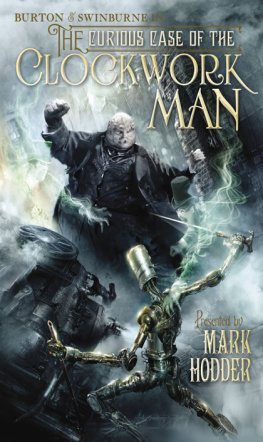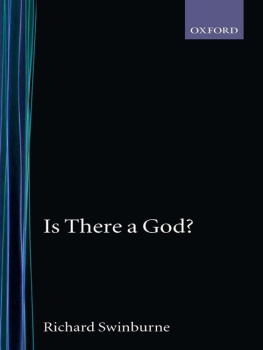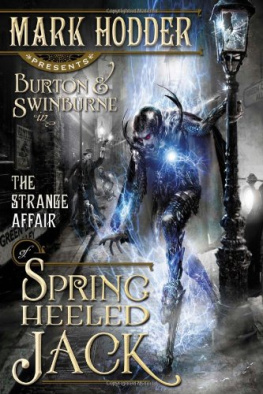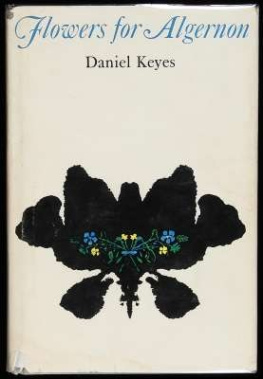Hyder - Algernon Swinburne
Here you can read online Hyder - Algernon Swinburne full text of the book (entire story) in english for free. Download pdf and epub, get meaning, cover and reviews about this ebook. publisher: Taylor and Francis, genre: Detective and thriller. Description of the work, (preface) as well as reviews are available. Best literature library LitArk.com created for fans of good reading and offers a wide selection of genres:
Romance novel
Science fiction
Adventure
Detective
Science
History
Home and family
Prose
Art
Politics
Computer
Non-fiction
Religion
Business
Children
Humor
Choose a favorite category and find really read worthwhile books. Enjoy immersion in the world of imagination, feel the emotions of the characters or learn something new for yourself, make an fascinating discovery.
- Book:Algernon Swinburne
- Author:
- Publisher:Taylor and Francis
- Genre:
- Rating:5 / 5
- Favourites:Add to favourites
- Your mark:
- 100
- 1
- 2
- 3
- 4
- 5
Algernon Swinburne: summary, description and annotation
We offer to read an annotation, description, summary or preface (depends on what the author of the book "Algernon Swinburne" wrote himself). If you haven't found the necessary information about the book — write in the comments, we will try to find it.
Algernon Swinburne — read online for free the complete book (whole text) full work
Below is the text of the book, divided by pages. System saving the place of the last page read, allows you to conveniently read the book "Algernon Swinburne" online for free, without having to search again every time where you left off. Put a bookmark, and you can go to the page where you finished reading at any time.
Font size:
Interval:
Bookmark:
ALGERNON SWINBURNE: THE CRITICAL
HERITAGE
THE CRITICAL HERITAGE SERIES
General Editor: B.C.Southam
The Critical Heritage series collects together a large body of criticism on major figures in literature. Each volume presents the contemporary responses to a particular writer, enabling the student to follow the formation of critical attitudes to the writers work and its place within a literary tradition.
The carefully selected sources range from landmark essays in the history of criticism to fragments of contemporary opinion and little published documentary material, such as letters and diaries.
Significant pieces of criticism from later periods are also included in order to demonstrate fluctuations in reputation following the writers death.
ALGERNON SWINBURNE
THE CRITICAL HERITAGE
Edited by
CLYDE K.HYDER

First Published in1970
11 New Fetter Lane
London EC4P 4EE
&
29 West 35th Street
New York, NY 10001
This edition published in the Taylor & Francis e-Library, 2005.
To purchase your own copy of this or any of Taylor & Francis or Routledges collection of thousands of eBooks please go to www.eBookstore.tandf.co.uk.
Compilation, introduction, notes and index 1970 Clyde K.Hyder
All rights reserved. No part of this book may be reprinted or reproduced or utilized in any form or by any electronic, mechanical, or other means, now known or hereafter invented, including photocopying and recording, or in any information storage or retrieval system, without permission in writing from the publishers.
British Library Cataloguing in Publication Data
ISBN 0-203-19427-6 Master e-book ISBN
ISBN 0-203-19430-6 (Adobe eReader Format)
ISBN 0-415-13454-4 (Print Edition)
For
Two Distinguished Students
of Swinburne
CECIL Y.LANG
JOHN S.MAYFIELD
General Editors Preface
The reception given to a writer by his contemporaries and near-contemporaries is evidence of considerable value to the student of literature. On one side we learn a great deal about the state of criticism at large and in particular about the development of critical attitudes towards a single writer; at the same time, through private comments in letters, journals or marginalia, we gain an insight upon the tastes and literary thought of individual readers of the period. Evidence of this kind helps us to understand the writers historical situation, the nature of his immediate reading-public, and his response to these pressures.
The separate volumes in the Critical Heritage Series present a record of this early criticism. Clearly for many of the highly-productive and lengthily-reviewed nineteenth- and twentieth-century writers, there exists an enormous body of material; and in these cases the volume editors have made a selection of the most important views, significant for their intrinsic critical worth or for their representative qualityperhaps even registering incomprehension!
For earlier writers, notably pre-eighteenth-century, the materials are much scarcer and the historical period has been extended, sometimes far beyond the writers lifetime, in order to show the inception and growth of critical views which were initially slow to appear.
In each volume the documents are headed by an Introduction, discussing the material assembled and relating the early stages of the authors reception to what we have come to identify as the critical tradition. The volumes will make available much material which would otherwise be difficult of access, and it is hoped that the modern reader will be thereby helped towards an informed understanding of the ways in which literature has been read and judged.
B.C.S.
Contents
Preface
More clearly than that of most writers, the critical reception of Swinburne shows how changes in current social and religious views may affect literary judgment. It shows, too, how the vogue of older poets may influence the attitude towards a new one: when John Morley looked in vain for the note of enlarged meditation, he was looking for something that was congenial to the age of Wordsworth and the age of Tennyson but that the twentieth century does not consider indispensable. Few authors have been more responsive to criticism, in one way or another, than Swinburne. For such reasons his inclusion in the Critical Heritage series seems logical.
When asked to edit this volume for that series, I wondered whether in my Swinburnes Literary Career and Fame (1933) I had not already said nearly all I could say on the subject. During the centenary of Poems and Ballads I had also published Swinburne Replies, a critical edition of the three works in which Swinburne formally answered critics. But I reflected that, with the publication of The Swinburne Letters and other books, new material has come to light, that my perspective would be somewhat different, and that repetition, even if sometimes unavoidable, would be largely confined to the Introduction; after all, I had not previously edited writings about Swinburne. If it seems that my chief indebtedness must be to earlier studies of my own, in making them I acknowledged debts to others. I have renewed my acquaintance with material already familiar and consulted some previously neglected or inaccessible, including an unpublished thesis submitted at New York University in 1964 by Roger Leo Cayer, Algernon Charles Swinburnes Literary Reputation: A Study of the Criticism of Swinburnes Work in England from 1860 to 1960. I found it useful to compare Dr. Cayers impressions with my own, particularly for the thirty years not covered in my earlier book. The plan of the Critical Heritage series limits selections chiefly to those appearing in Swinburnes lifetime. Though my Introduction takes some account of later critical attitudes, it does not evaluate scholarly and biographical writings, mostly belonging to the twentieth century. My chapter on Swinburne in The Victorian Poets: A Guide to Research ed. Frederic E. Faverty (second edition: Harvard University Press, 1968), discusses them.
My appreciation of two eminent admirers of Swinburne is inadequately suggested on the dedicatory page. Professor Cecil Y.Lang of the University of Virginia has invariably shown himself a cheerful and appreciative helper and friend, one whose edition of The Swinburne Letters has earned for him a recognized position among scholars. To Mrs. Lang, incidentally, I am grateful for her translation (No. 24). Mr. John S.Mayfield, Curator of Manuscripts and Rare Books at the Syracuse University Library, who not only has made important discoveries relating to Swinburne but also has assembled a remarkable collection of Swinburniana, generously given to that library, has again patiently answered inquiries. I should not omit mention of help received from the Watson Library of the University of Kansas, especially from those in charge of the Interlibrary Loan Service and of Special Collections, and from an obliging colleague, Professor Mattie Crumrine. It may be superfluous to add that this book owes no shortcomings to others but is, like Hamlets father, sent to its account with all its imperfections on its head, not on theirs.
C.K.H.
Some readers should be warned that about ten of the Swinburne pamphlets listed in Wises Bibliography are spurious and that others are under suspicion. The Bonchurch Edition of Swinburnes Works, edited by Gosse and Wise, is misleading in arrangement and omissions and is often corrupt.
Introduction
I
Swinburnes literary career was, at least in part, the story of a mans conflict with his generation, a generation with social and literary standards very different from our own. The
Next pageFont size:
Interval:
Bookmark:
Similar books «Algernon Swinburne»
Look at similar books to Algernon Swinburne. We have selected literature similar in name and meaning in the hope of providing readers with more options to find new, interesting, not yet read works.
Discussion, reviews of the book Algernon Swinburne and just readers' own opinions. Leave your comments, write what you think about the work, its meaning or the main characters. Specify what exactly you liked and what you didn't like, and why you think so.





